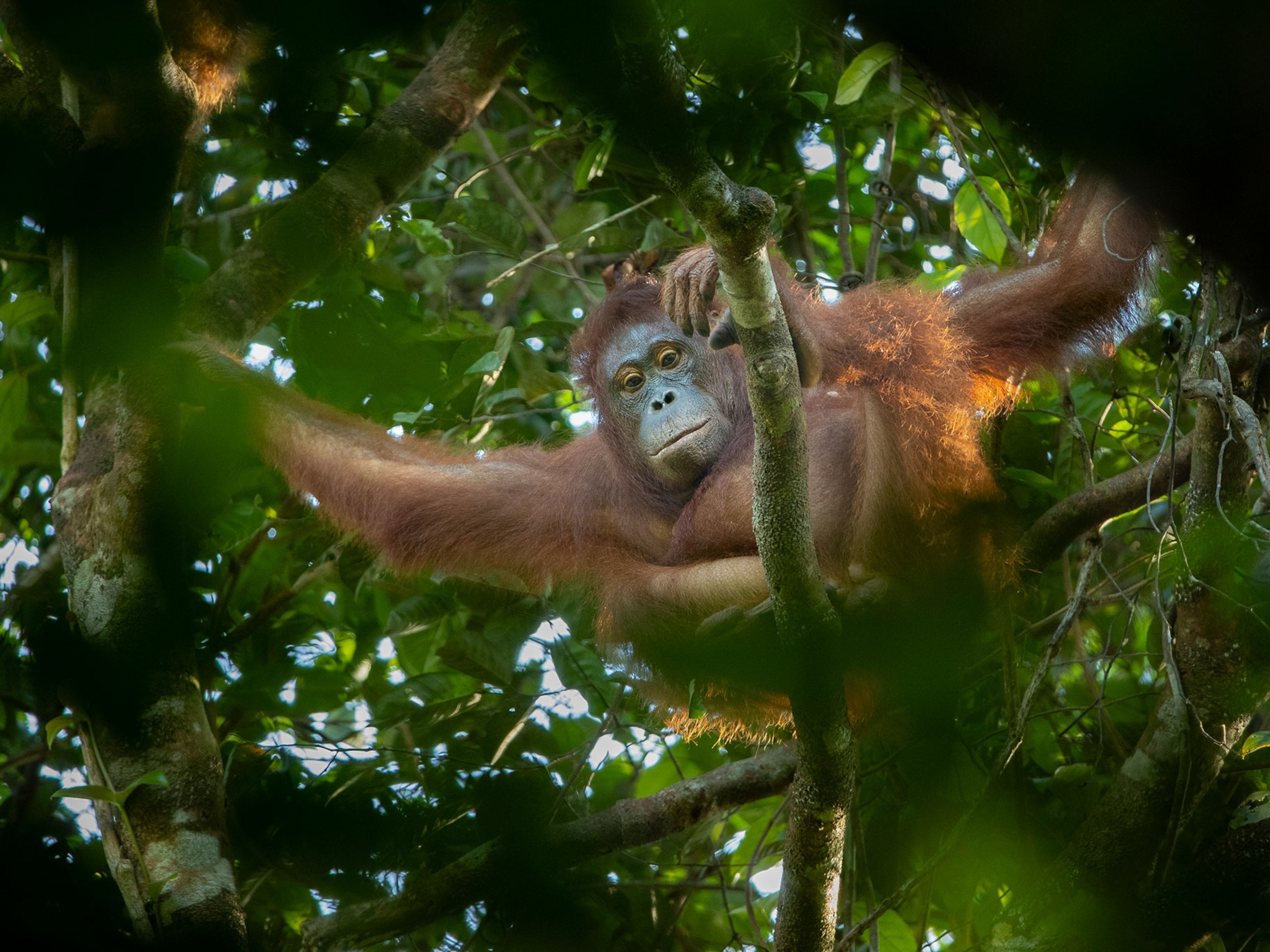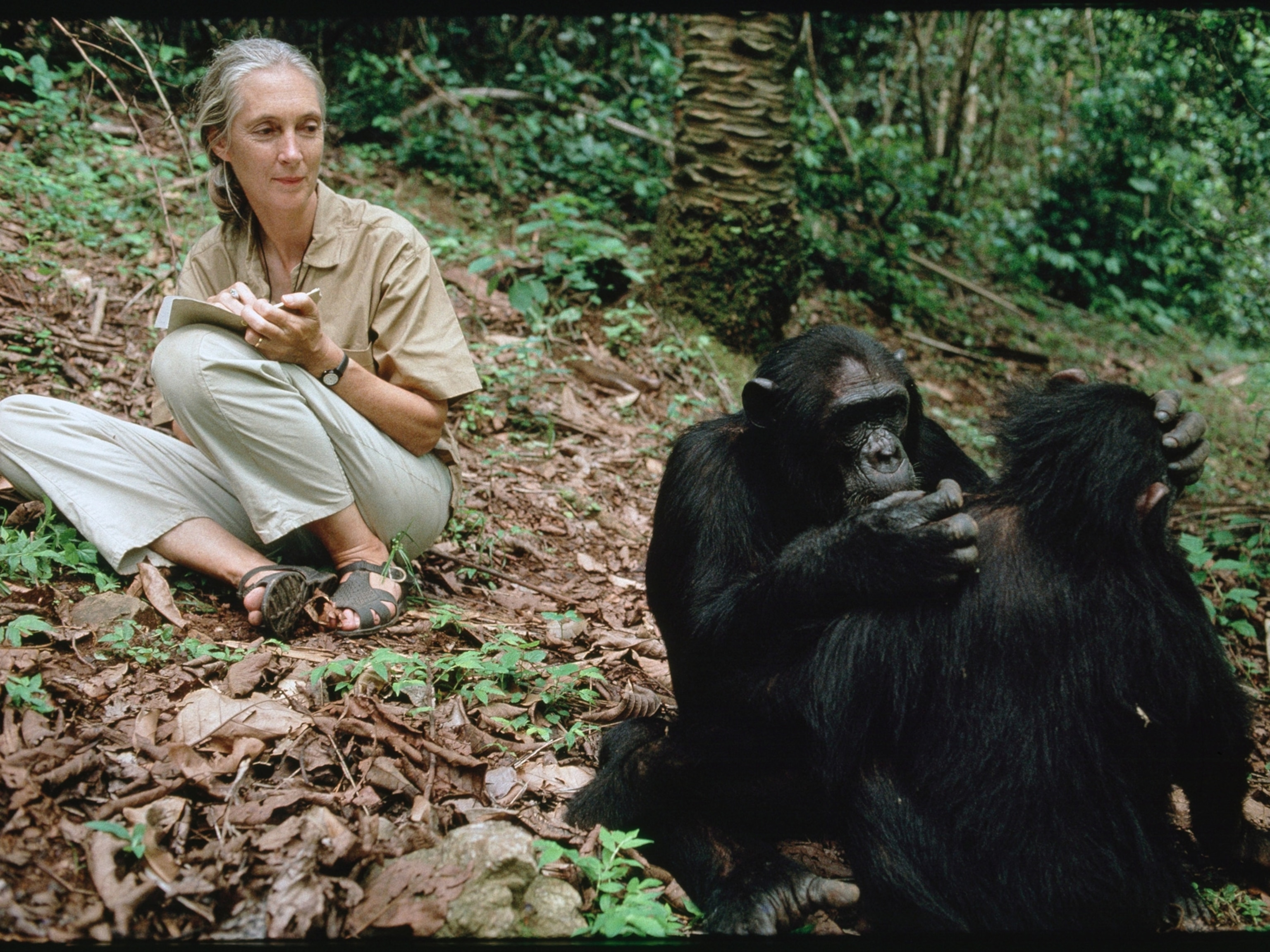
A New Feet in Primate Research
Some modern humans take ape-like steps, a new study says.
Jeremy DeSilva could see something was afoot. He just couldn't believe it.
As shoeless visitors strolled along a mechanized gait carpet in the Boston Museum of Science's Living Laboratory, sensors detected pressure on the mid-outside portion of some pedestrians' feet. That suggested a midtarsal break—a type of footprint pressure DeSilva and other scientists associated only with gorillas and chimpanzees.
"It was shocking," said DeSilva, an assistant professor of anthropology at Boston University. "I mean, 80 years of research has argued that humans don't do this."
Or at least 80 years in DeSilva's field. Last month, when he published his study in the American Journal of Physical Anthropology, two podiatrists said they'd seen a similar variation in patients' feet. But they weren't familiar with the term "midtarsal break"—suggesting, DeSilva said, the need for "collaboration with as many different disciplines as possible."
Shared Ancestry
DeSilva connected his unexpected discovery—he was originally researching variations in the foot's arch—to a two-million-year-old fossil human called Australopithecus sediba. DeSilva's research suggests it moved like today's apes, which have bendy feet unbound by bones. Chimps, for instance, tumble through the tall trees of the jungle by molding both their hands and their feet around each branch.
In contrast, modern human feet tend to be rigid, with stiff ligaments that maintain bone position and facilitate our bipedal nature. (The same is true of most ancient feet as well; Australopithecus sediba is unique in the fossil record.) With high arches and stiff feet, we spring into our next step. DeSilva says wearing shoes may have played a role in reshaping our feet over the years.
But perhaps some people's feet can still manage ape-like feats. According to DeSilva's study, conducted over the past two summers, about 1 in 13 humans may have the midtarsal break in their feet.
Eyes on Feet
Using the gait carpet, a second footprint device, and a camera rig, DeSilva and his colleague Simone Gill, an occupational-therapy researcher, observed a midtarsal break—also known as "floppy feet"—in 32 out of 398 adult participants.
"This [opens a] floodgate of questions," DeSilva said. "Who are these people? What is it about them that allows them to produce this motion?"
DeSilva noted that the floppy-footed folks he watched tended to have flatter feet and higher body mass indexes than the stiff-steppers. They also rolled their feet more: Employing a motion called hyperpronation, they landed on the outside of their feet and rolled dramatically inward. That, said DeSilva, allows the foot to relax its joints and ligaments and create a midtarsal break.
But it's all relative. Some subjects with floppier feet didn't technically have a midtarsal break, though their walking pattern came close.
The Walking Test
So how do you know if your feet might have a midtarsal break? Take a stroll on sand, DeSilva suggested. Here are a couple of tips:
- Don't even bother to test your feet at the beach unless they're flat. If you have high arches, you probably have stiff muscles and ligaments—and decidedly unfloppy feet.
- If you have a midtarsal break, the fold in your foot will pinch the sand upward. Look for a small ridge in the upper-mid portion of the footprint.
Taking the Next Step
This summer, DeSilva and Gill will take MRIs of many foot types and create models of them with 3-D printers. DeSilva will compare that data with the bones of Australopithecus sediba, while Gill will use the models to explore the relationship between foot anatomy and body types.
Of course, in a way we all have chimp feet. All primates possess—and have always possessed—26 bones in each foot. The structures of those bones all just look a bit different.
Meaning we all swing from the same tree—or once did.





